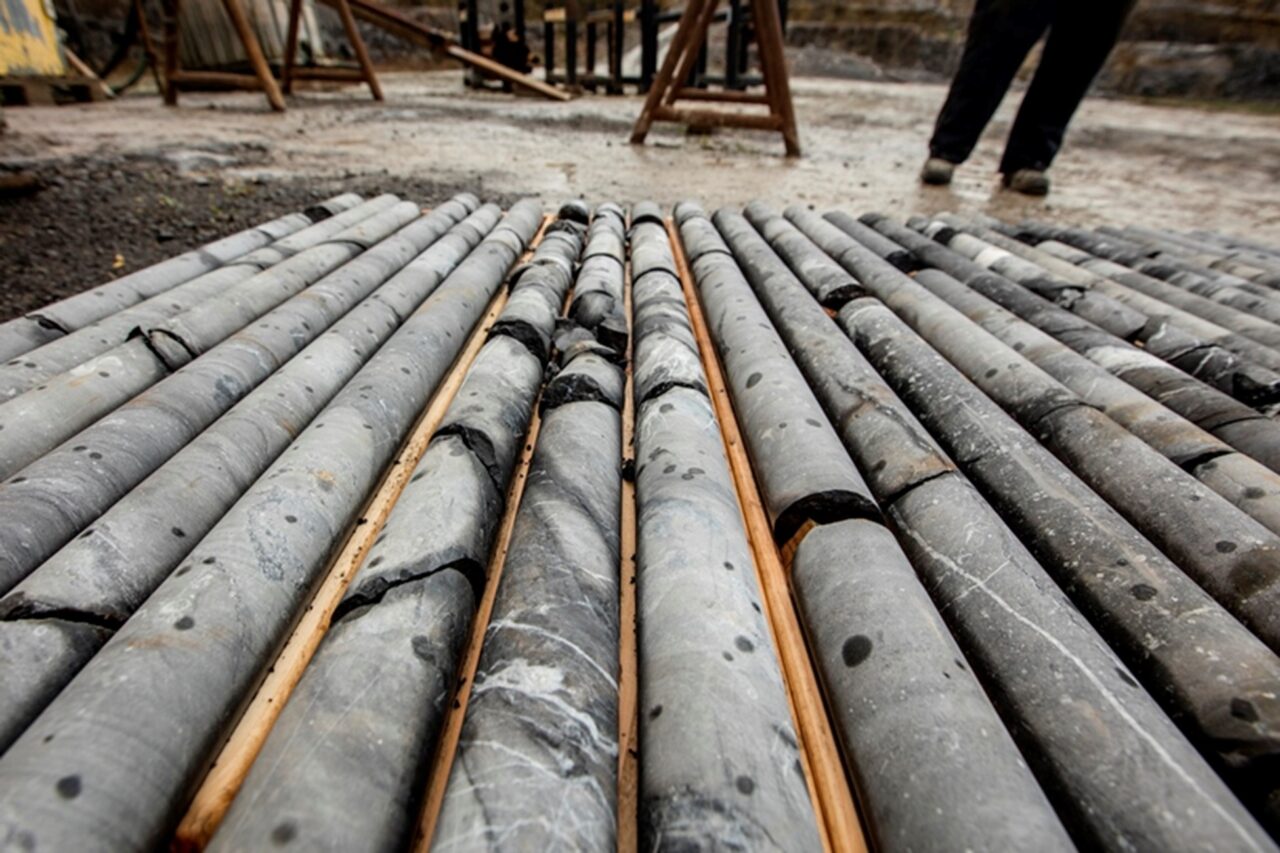Exploration: Drilling
Written By: Jake Alexander
In a mineral exploration project, a key step to evaluating resource potential is the development of a well-planned and expertly executed drilling program. Drilling encompasses a large variety of tools and specialized technology to explore through surficial material, bedrock, and hopefully, your target zone. Exploration via drilling techniques is expensive and financially risky, yet to enable your team to appropriately evaluate the potential resource in your area of interest, a drilling program is an integral step. The following article aims to provide a foundational knowledge of the essentials of drilling so that you feel comfortable discussing your goals with a drilling contractor.
Expensive and risky, yet essential: sampling at the surface, either through soil or rock samples, remains the most physical and expensive exploratory technique to investigate for valuable resources hidden beneath the surface.
Key Principles (or “Don’t Just Start Pouring Money Down a Hole”)
Prior to punching holes in your target area, the best practice is to remove as much uncertainty from a developed geologic model as possible. Exploration for minerals requires a thorough understanding of the project’s geology. Exhaust as many lower-cost objectives as possible before contracting a drilling company. These lower-cost techniques include researching the available public data on the geology, performing soil and rock sampling, and mapping the lithology and structural geology of your area. Concentrated and anomalous values of minerals detected at the surface can point to a more significant resource at depth, and confirmation of previously acquired data should remain a primary goal.
Integrating this data with geographic/geologic software will provide a nice surficial layer that can be used to make predictions underfoot. Another key step prior to conducting a drilling program is the use of aerial photogrammetry collected via drones of the proposed area. Collection of this data prior to disturbance from the drill program ensures professional-quality orthomosaic imagery that can be used to facilitate reclamation of the land post-disturbance.
The implementation of a robust data set from these less financially restrictive exploration procedures assists greatly in constraining the scope of your project and defining realistic goals.
Types of Drilling
A variety of equipment and technology is used to drill. Each drilling technique has associated costs and various outputs in terms of physical and remotely sensed data outputs. Drills are used for various objectives, including strength of ground for construction and water well emplacement for groundwater analysis, however this article focuses on the use of drilling for mineral exploration. The list below is generated from lowest to highest cost.
Auger
The simplest and cheapest drilling method is also the most limited in scope. Typically used for soil sampling in unconsolidated sedimentary material, this method cannot penetrate hard rock. Sizes of augers range from centimeter-sized bits on a backpack configuration, which enables portability, to large, track-mounted auger drills. The helical blade of this method produces samples at the surface which are only relatively tied to specific depths. Sampling can be performed from the waste pile, but this is not the best method for reliable, depth-controlled sampling programs.
Rotary Air Blast (RAB)
This method uses percussion-compressed air to drive a drill bit into the earth. Rotary air blast does not produce core; however, the split-spoon technique can be used to extract samples of crushed, coarse rock. RAB is used for geotechnical work in unconsolidated sediments, construction testing, and water well emplacement/monitoring. Due to the physical limitations of this drilling technique, deep holes beyond 100 feet are extremely challenging.
Reverse Circulation (RC)
A downhole hammer is used in conjunction with rotational force on the drill string to bore a hole. This method is the fastest to depth and produces centimeter-sized chips of rock that can be useful in collecting, cataloging and analyzing rock for mineralization. Lining the borehole with casing is optional, yet strongly advised if high-quality, uncontaminated samples are desired. RC drilling uses high-pressure air to extract samples. Since water is not required, this technique can be useful in areas of sensitive water resources. A geologist should be on-site to provide quality assurance of drill hole location and depth, and to log the chip samples that come up during the process.
Core Drilling (Diamond)
Diamond, or core, drilling is the most expensive type of drilling. This technique uses a cylindrical, diamond-studded drill bit to drill through rock while preserving a central “core” for extraction. Diamond drilling provides the highest quality data including orientation of geological features related to the ore body. Different sizes of bit produce different diameters of core, so be sure that the equipment you contract is appropriate for the size of core you want recovered with respect to your target zone and the mineralization you anticipate. As the diamond drilling proceeds, heat is generated from rotation of the bit and drill stem. A constant and plentiful supply of water is required to keep the drill bit operating efficiently at depth. A competent logging geologist should be on-site to manage, study and photograph core.
Final Thoughts
Drilling is one of the final steps in acquiring geological data to support the modeling of an ore body. The significant costs of drilling programs require exhausting all other lower-cost geological investigations such as sampling, mapping and research. Lastly, considerations for environmental regulations and reclamation are essential. At Burgex Mining Consultants, our experienced claim staking, aerial survey and project management teams will support your drilling and mining projects with a full suite of geological investigations necessary to collect the high-quality data that drilling can provide.

